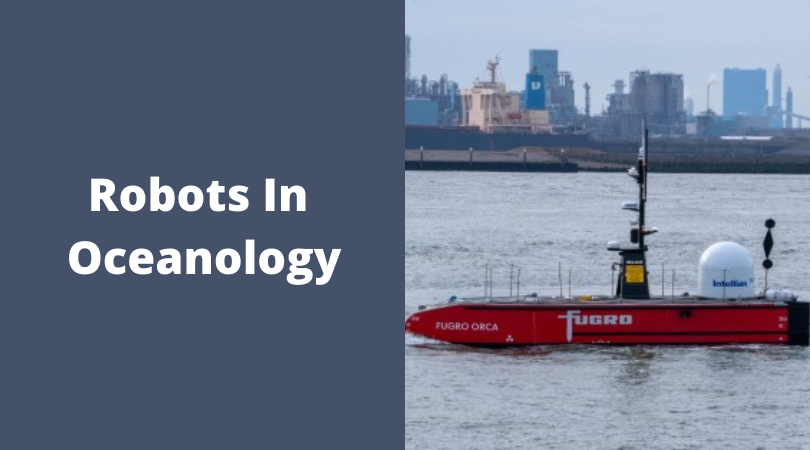Robots In Oceanology

Not a single robot has yet overcome such the vast of the ocean. In about 50 days, it automatically traveled about a thousand kilometers from the east coast of the United States (the device was launched into the water from a research vessel in the area of Cape Cod) to Bermuda.
The robot covered this area alone. Just off, Breck Owens and Brian Guest from the WHOI (Woods Hole Oceanographic Institute), as well as Russ Davis and Jeff Sherman from the oceanographic Scripps Institution of Oceanography have tracked the robot movement.
It was these two institutions that, together, created an unusual device. These three scientists became not only the creators of the robot but also compiled a scientific program for it and followed its implementation.
The robot length is 2 meters, the wingspread – 1.2 meters, weight – 81 kg.
The robot is capable of changing its buoyancy. But instead of a ballast tank, it has a polymer “swimming bubble” into which pumps oil (or pump it out), thereby changing the total body volume.
It is interesting that control over the angle of the corpus is carried out by moving the battery pack inside it in the longitudinal direction. There are no elevators.
When the device glides up or down, its wings work like glider wings so that with smooth immersion and ascent, the robot moves horizontally. Therefore, the robot also does not have any traction device (screw, water jet).
The angle of descent or ascent ranges from 18 to 25 degrees.
Thanks to this method of movement, the robot has a “huge” autonomy. Its theoretical power reserve (6 000 km) allows you to cross the Atlantic. The speed of the robot is low – 25-30 cm per second.
However, 12 kg of lithium-ion batteries and relatively low energy consumption when planning should provide the robot with such an opportunity. In the meantime, it crossed only a small part of the ocean.
On September 11, 2004, Spray began its heroic journey across the Atlantic.
In certain areas, he had to struggle with a strong current, but after long alternations of “onslaught” and forced “deviations” from the intended target, the reached Bermuda, where scientists caught it.
The robot path on the map was very far from straight. The machine had to consider the directions of small local currents. The trajectory of the Spray in the vertical plane resembled a huge sine wave.
For about 3.5-5 hours, the device slid down (to a depth of 1 km) and then went up the same amount of time. For one such fluctuation, it traveled five km horizontally.
With each rise to the surface, the robot turned on its side, 90 degrees, and raised the right or left wing to the sky.
The fact is that at the tip of each of them there is a built-in receiver for the GPS satellite navigation system, as well as the Iridium satellite communication system, by which the robot transferred its coordinates and scientific data collected at depth to the scientists.
Such a solution allowed to eliminate unnecessary fasteners or retractable antennas from the design, and also increased reliability. So, in testing one of the Spray moved the ship, breaking just the wingtip. But the second set of antennas continued to work. At each ascent, the robot spent 15 min on the sea surface, after which it again dived into the depths.
In this trial, Spray was equipped with sensors for pressure, temperature, salinity, and water transparency.
But scientists say that in other missions, the robot can be equipped with a different set of equipment, for example, chemical analyzers or biological sensors or an acoustic Doppler current meter that allows you to build vertical sections of underwater flows.
In early 2005, Spray will be sent on a new journey. Its route will be close to the route of the current trip.
But this time, the robot must independently not only swim from the coast of Massachusetts to Bermuda but also return in offline mode.
In the future, the authors of the project intend to create a fleet of glider robots, which, at the relatively low cost of operation, could sail for months in the ocean, transmitting scientific data.
Since these machines need energy only for communication and the operation of pumps, from time to time controlling the buoyancy. The stock in the battery should be enough for half a year of autonomous work in the ocean.
Category: Education
Tags: oceanology, robots